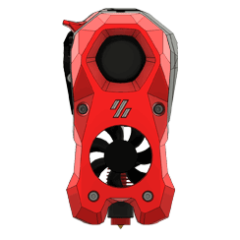-
TeamFDM.com is an UNOFFICIAL companion site for the DIY Voron 3D printer community. For official docs and final source of truth, visit the Official Voron Discord or the Voron Github
How to Use CAN Toolhead Boards Connected Directly to Octopus / Octopus Pro on CanBoot
Go to solution
Solved by mvdveer,


Recommended Posts
Join the conversation
You can post now and register later. If you have an account, sign in now to post with your account.